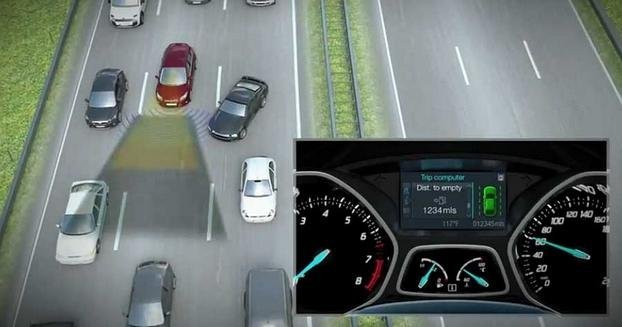Automakers Tout Safety Technology with Web Campaign

The Alliance of Automobile Manufacturers launched the campaign with a new channel on the streaming video site YouTube.com that explains the offerings of its 12 members, which include General Motors, Ford Motor Co. and Toyota Motor North America Inc.
A recent poll by the alliance found that two-thirds of customers are interested in looking at such safety offerings the next time they buy a car or truck. The features are mostly found in high-end models today, but the alliance says they could help drive sales.
"This is the next generation of 'gotta have it' auto technology, and when people see the systems in action, they are amazed," the alliance's CEO, Mitch Bainwol, said in a statement. "More than 90 percent of crashes involve driver error of some kind, so automakers created a range of driver assist systems that aid the driver for brief periods of time to help avoid an accident."
The Los Angeles Auto Show, which opens to the media on Wednesday and to the public on Friday, features the North American or world debut of several vehicles with new safety features.
Among them is the 2014 Mitsubishi Outlander, which buyers will be able to equip with forward collision mitigation, lane departure warning and adaptive cruise control.
Regulators are eying such features as a way to prevent fatal crashes. Earlier this month, the National Transportation Safety Board -- a government watchdog panel that does not itself regulate vehicles -- recommended that many of the features be made standard in all new vehicles.
In a subsequent interview, NTSB member Robert Sumwalt told Automotive News it's important for consumers to understand these "very promising" technologies, which differ from airbags and other safety features of the past.
Said Sumwalt: "We're moving from the old way of doing things, where we try to develop technology to mitigate the accident, to actually preventing the accident."
Nouvelles connexes


